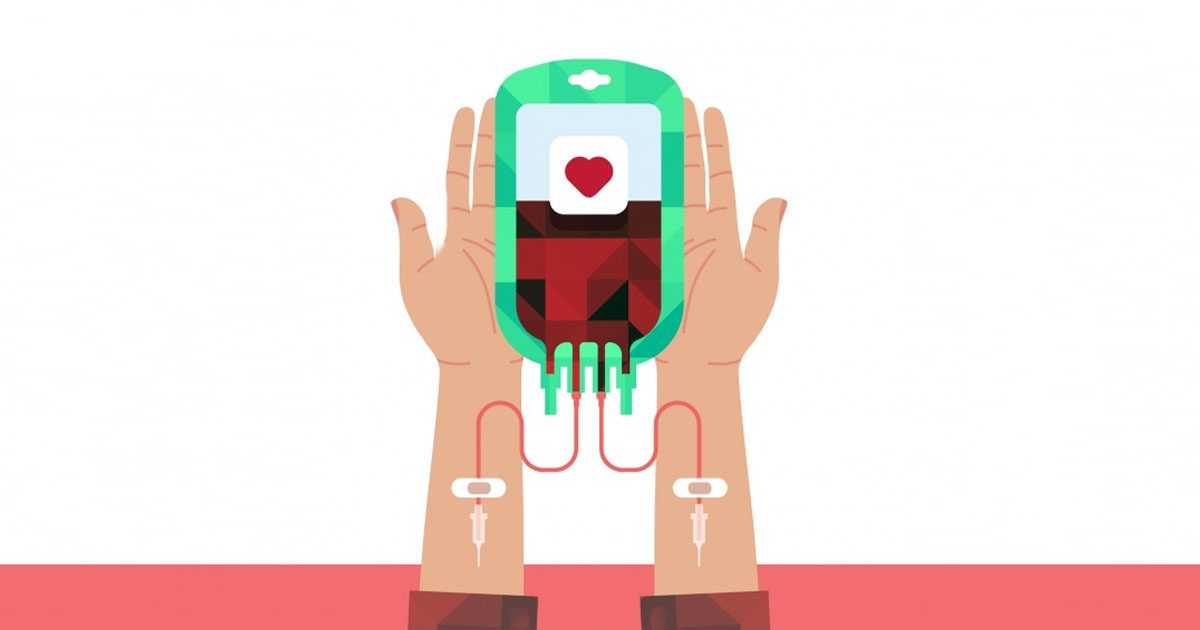You are very proud that you donated blood. But do you know your precious blood can be of no use or may even take someone’s life if not transfused and taken under strict safe and sterile conditions?
The human body, on regular basis, forms and destroys the blood cells and plasma to maintain the life in balance. But sometimes, any unfortunate accident leads to blood loss and in a result, you need to go through blood transfusion. Around the globe, each day, thousands of persons go through by this mechanism and some not only take blood but blood-borne diseases too, due to unsafe blood transfusion.
Why is Safe Blood Transfusion Necessary?
There are four main groups of micro-organisms known to cause infectious diseases namely viruses, bacteria, protozoa and fungi. Only last one cannot transmit by blood while all others have been reported to be transmitted by blood transfusion and cause grave illness in the receptor. Mostly, in case of unsafe blood transfusion, virus species transmitted are:
- Human immunodeficiency virus (HIV)
- Hepatitis B virus
- Hepatitis C virus
- Hepatitis A virus
- Hepatitis G virus
- Non – A, Non – B Hepatitis
- Epstein Barr Virus
- Cytomegalovirus (CMV)
- Human T Lymphocytic virus
Most of the blood transmitted viruses directly affect your immune system and liver and in an indirect way affect the whole body. To get rid of liver related diseases book an appointment online with the best liver specialist in Karachi, Lahore and other main cities of Pakistan via Marham.pk.


Strategies to Make Blood Transfusion Safe:
At some stage of life, due to any mishap, blood transfusion becomes unavoidable. The only thing you can do is to make it safe. For safe blood transfusion following steps should be done.
Also Read: 6 Easy Ways to Improve Blood Circulation
- Careful selection of donors or building a panel of regular, voluntary, non – remunerated donors
- Direct screening of the blood to analyze the presence of infectious agents or markers produced by them.
- Removal of specific components of blood thought to harbor infectious agents, for example, by the filtration of blood to remove white blood cells.
- Physical or chemical inactivation of any contaminating agent or microorganism that may be present: for example by heat treatment of 5 % albumin during production.
- Proper and complete sterilization or one-time use of utensils and instruments involved in blood transfusion.
Your all efforts to stay healthy can go in vain if you are transferred with contaminated blood only once, be aware, and choose only trustworthy medical centers for blood transfusion.

